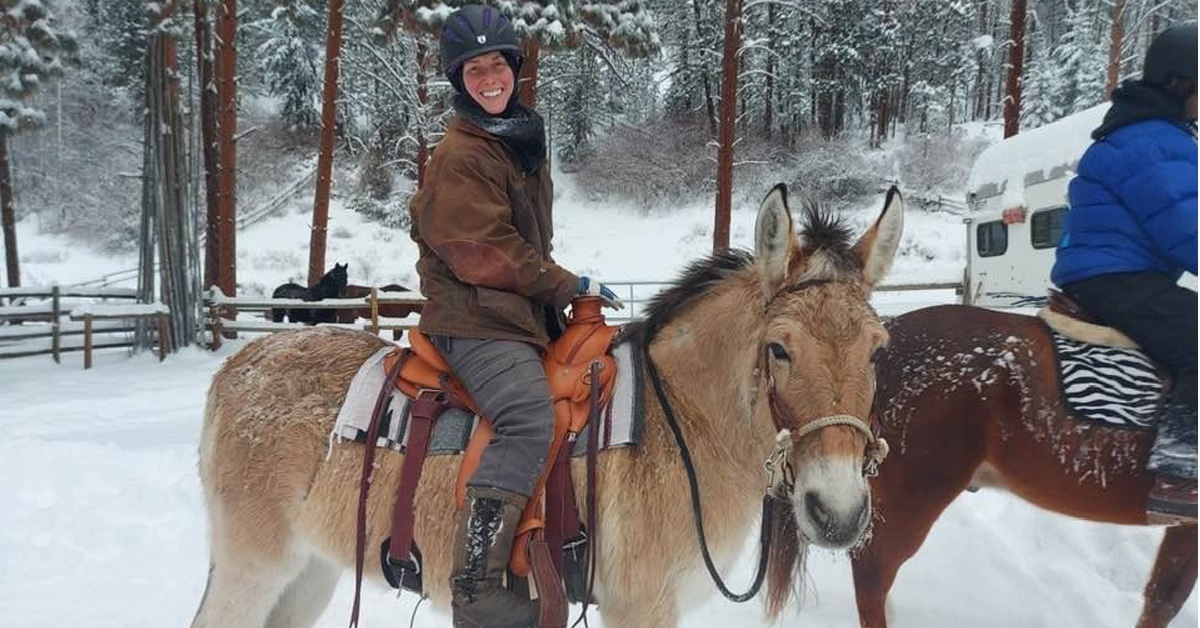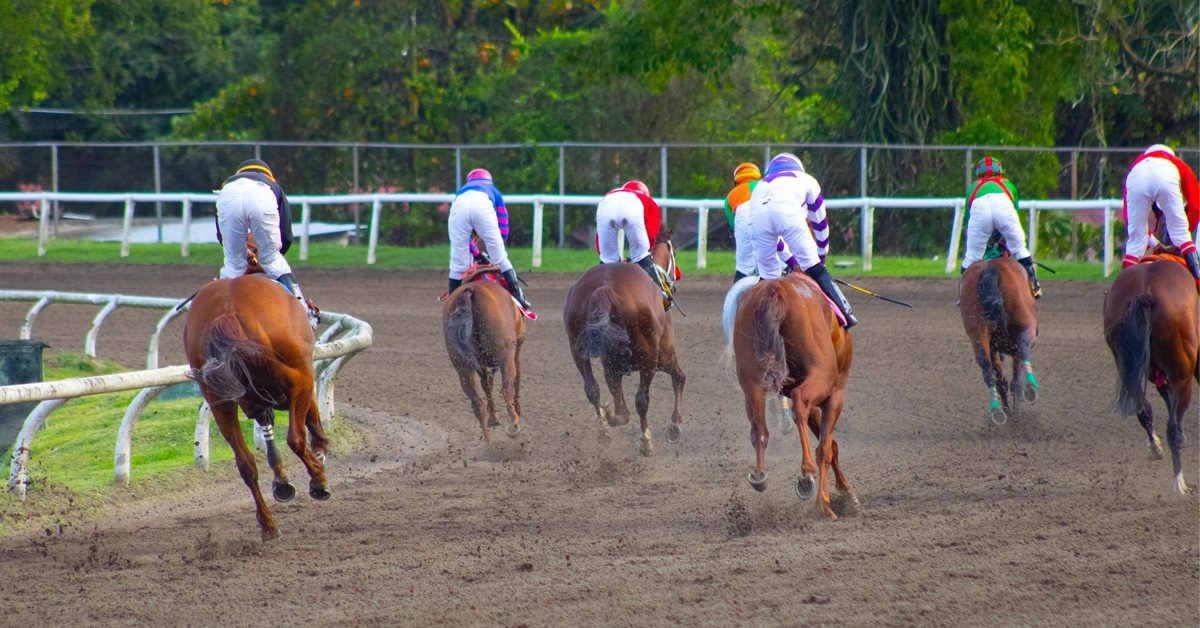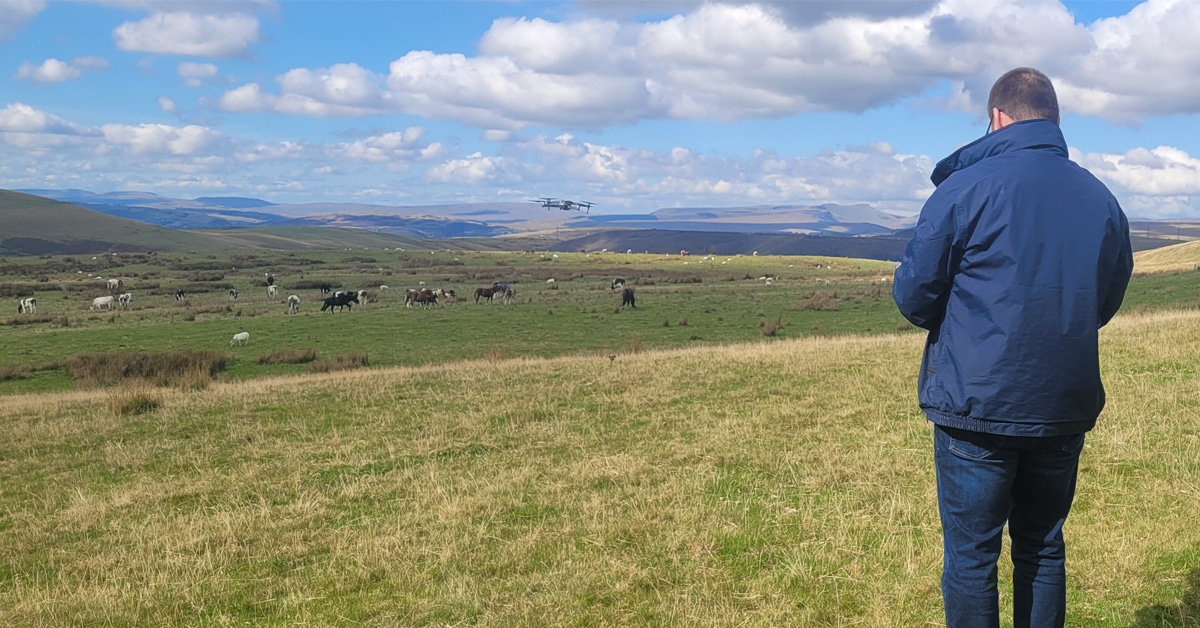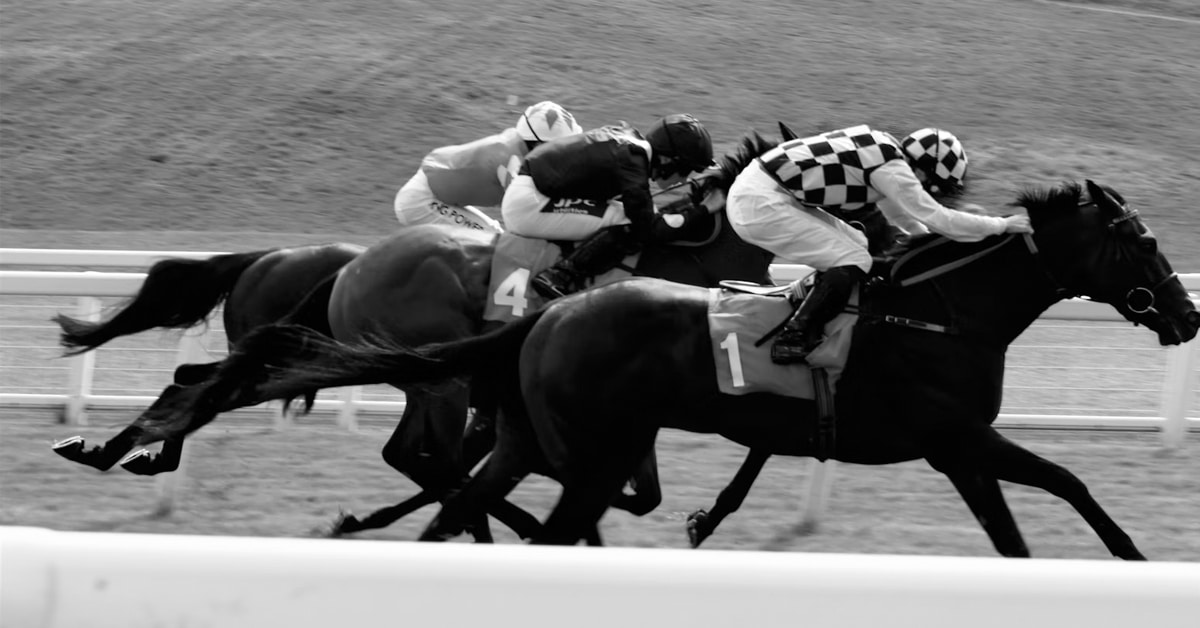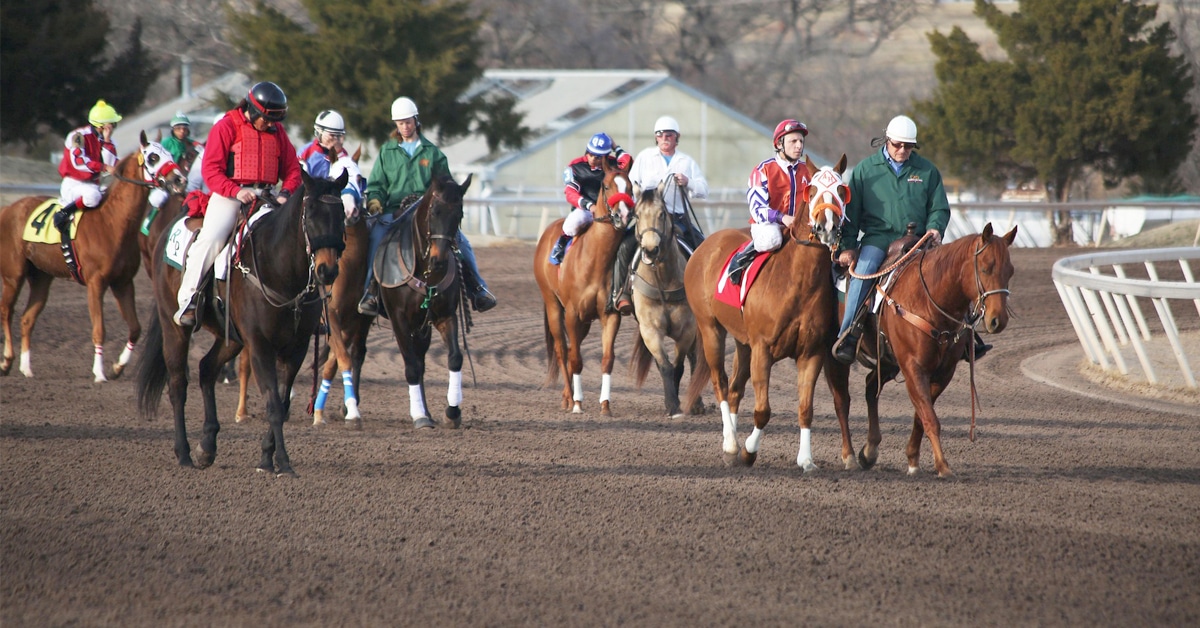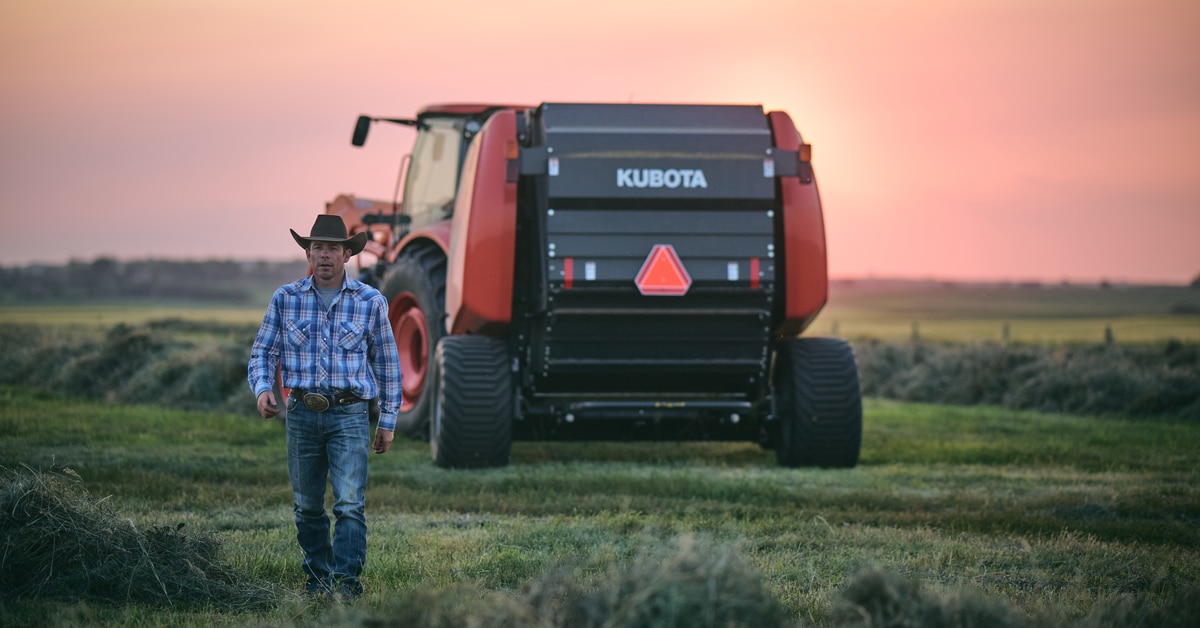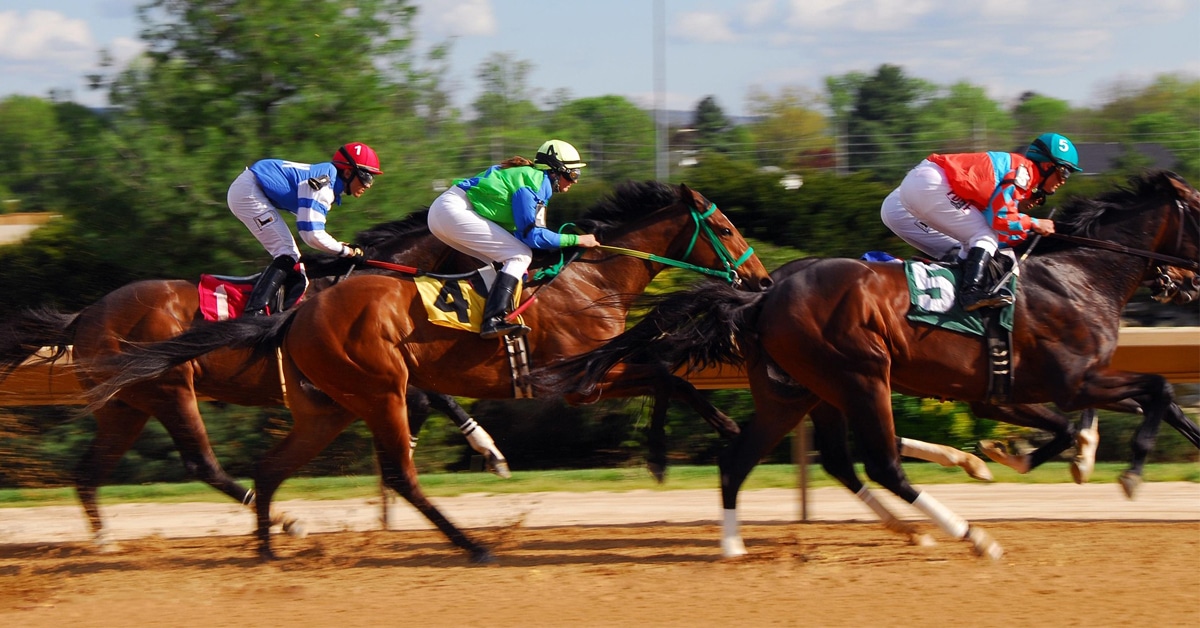An incredibly important aspect of horsemanship that I find often doesn’t receive the consideration it deserves is what I call “intention.” Your intention fuels and shapes your every action. When I work with my students, I encourage them to develop an awareness of their own intention, as this is the first step toward becoming the kind of clear and centered leader that horses respond to most positively.
When I first ask my students what their intention is at a given moment with their horse, they most often reply by telling me what they want the horse to do. For example, they might say, “I’m using pressure toward the hindquarters because my intention is to get the horse to yield his hind end.” There is nothing at all wrong with that answer, but as I approach horses from a relational perspective, there are several different layers of intention I want people to consider, as all of these layers factor into our communication with our horses.
The first layer, what we might call the superficial layer, is the action you want your horse to take, or what you want him to do for you. It includes any type of physical change such as flexing at the poll, doing a leg yield or picking up the canter. Calling this layer of intention superficial does not mean it is not important, as we obviously must be able to effect changes in the horse’s actions and carriage. However, we need to look deeper than that if we are going to encourage the kind of connection and understanding we aim for in Relational Horsemanship.
When we dig down a bit, we find there is an underlying layer to intention as well. Here, we are looking at what we are trying to do for the horse. In my work, this involves a mental piece, which consists of trying to help the horse feel safer, more relaxed and more confident. It also involves a physical piece, which is about helping the horse use his body optimally so that he can feel good in his work and stay sound. In addition, the underlying layer is where we find what we are trying to do for ourselves. For some, this is mainly about creating a safe and enjoyable partner, but it can also include a desire to get the horse to a certain level of competition or achievement.
In addition, I want people to think about the overriding layer of intention, which is where we answer the question: “What kind of relationship do you want to build with your horse?” Many styles of horse training promote a rather dictatorial form of relationship, based on the idea that we have to dominate our horses and insist on “respect” if we want them to behave and do what we want. While there is no doubt that horses can learn in such a program, I take the approach that the best relationship with a horse – which also promotes the best behaviour – can be achieved by meeting the horse’s mental and physical needs. This involves empowering your horse and building his self-confidence, which allows him to stay calm and focused in trying situations. It also involves a process of developing correct balance and self-carriage in your horse, which starts on the ground and progresses into the saddle.
Sometimes, there is another layer of intention that can be either subconscious or denied. This is where we find fears or desires that may conflict with other layers of intention we believe we want to convey. For example, a student of mine had fallen from her horse when he bucked at the canter and she did not realize how profound the effect of this was on her confidence. Because she was not physically hurt by the fall, she did what so many of us have been taught to do – she got right back in the saddle and did her best to deny the feelings of dread she experienced every time she tried to pick up the canter from that day on. It didn’t take long before her horse began refusing to pick up the canter at all. She started to wonder if he was sore or if her saddle was fitting poorly, but what was really going on was that the horse was simply listening to her subconscious intention, which was saying:“Don’t canter…I don’t want to canter,” which was in total conflict with the cues she thought she was giving her horse. Once she was able to recognize what was going on in this layer of her intention, she was able to start working on the issue and gradually overcame her fear by working on the issue through mindfulness exercises, centered breathing and breaking things down into small, manageable pieces, which included taking some lessons on a friend’s ‘schoolmaster’ gelding who was known to be extremely calm and reliable.
At times, it can be difficult for us to be open with ourselves, let alone other people, about the things that scare us, or even about what we really want from our horses. This is one of the reasons why I love working with horses so much, as they have an almost uncanny ability to read our true intention, at every level. In this way, the horse helps us to see and know ourselves better, as the way they respond to us is always honest and informative. That said, the clearer we can be about our own intention on all the different levels, the easier it will be to create a positive foundation with our horses.
The Latest
